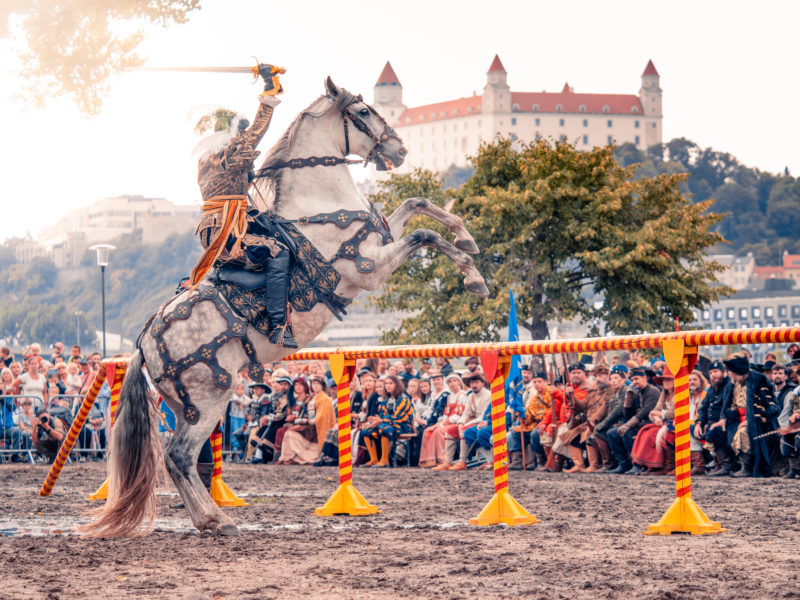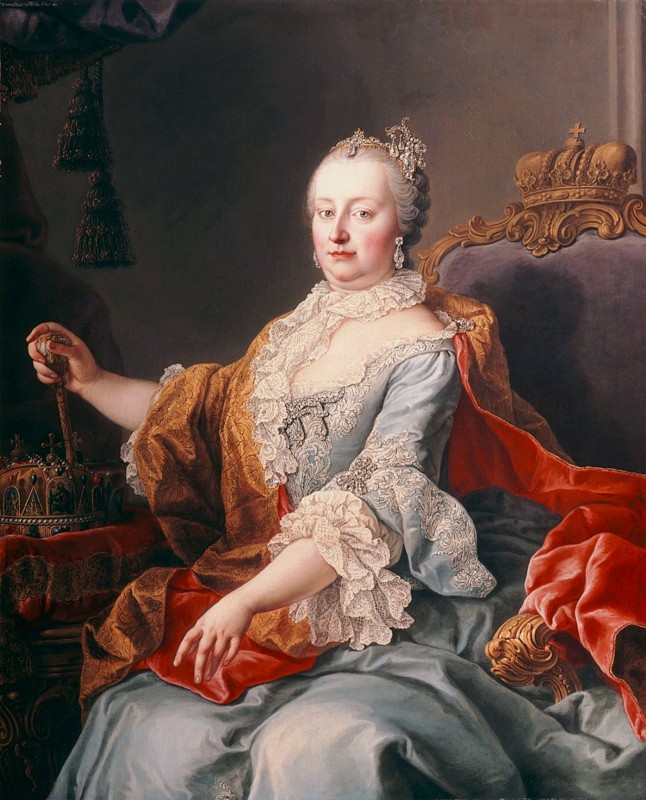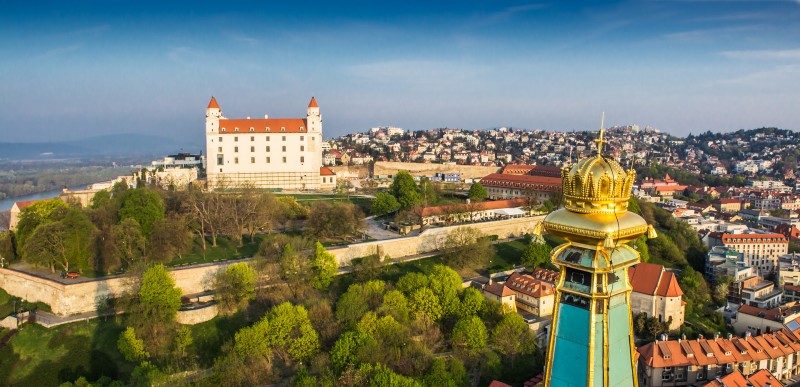Coronation
Looking for a place to hold the next “Red Carpet event”, good enough for a king’s coronation? Try Bratislava, the go-to regal city.
That’s what the Hungarians did in 1563. The previous coronation site, St Adalbert Cathedral in Esztergom, Hungary, was unavailable because the Ottoman Turks were occupying much of Hungary after the Battle of Mohacs in 1526.
Why did they choose Bratislava? Because it was considered to be a safe haven. The city had a double fortification wall encircling it and a history of successfully warding off Turk invaders. The future king would be safe during the coronation as would the nobles and clergy who came to elect and crown the Hungarian king. Safety could not be left to chance.
But Bratislava proved to be more than merely safe. It was ideally located on the Danube, geographically connecting the Hungarian and Austrian empires, had a beautiful cathedral, Saint Martin’s, and a forward-thinking town leadership who welcomed the notoriety and royal privileges that came with becoming the “coronation city.” In fact, Maximilian, the first Hungarian king to be crowned in Bratislava on September 8th 1563, proved to be the first of eleven Hungarian kings and eight royal consorts to follow in this tradition until 1860, when the event was transferred to Budapest.

Cosmopolitan city on Danube
Coronation organisers – they probably did not call themselves that – also valued the city’s multi-cultural makeup. Bratislava was the nexus of four or more differing populations. Germans from the northwest, Austrians from the west, Hungarians from the south, and Slovaks from the east all brought their architecture, food and heritage to this cosmopolitan city.
And cultural melting pot it was, concentrated within the sturdy double city walls and fortifications. Nobles from Hungarian, Austrian, and German backgrounds built their palaces and manor houses inside the city walls while well-managed (and wealthy) guilds (there were 72 of them) set up their headquarters along the lanes separating many city squares. The Danube, the major artery of transport and trade, linked the city to its neighbouring metropolises.

Maria Theresa and Bratislava
With the coronation of Maria Theresa in 1740, things took yet another major turn for Bratislava. This powerhouse monarch really put Bratislava on the map, making it the capital city of the Hungarian part of her far-reaching empire. When not having more children (her offsprings number 16), Maria Theresa rebuilt the Bratislava castle into a showplace of 18th-century splendour and opulence. The current reconstruction of the castle is striving to capture the magnificence of her era, including a newly recreated 18th-century baroque garden.
The Empress believed, perhaps a bit prematurely, given the Napoleonic wars of the early 19th century, the need for gothic fortifications was over and gave permission for city walls to be dismantled, freeing up land and literally tons of materials for new construction. This decree had a major effect on the centre of Bratislava, allowing the old town area to significantly develop. When her son, Josef II, moved the Austrian-Hungarian capital to Vienna late in the 18th century, the foundation and future of Bratislava was secure.

Coronation city today
Today, Bratislava continues to celebrate its heritage as “Coronation City” with an annual reenactment of the ancient coronation festival in summer. Re-enactors playing the Bishop of Esztergom, the monarch-to-be, and a variety of nobles dressed in the costumes of the actual coronation date go through the crowning ceremony.
The original coronation events usually started with a procession from the Bratislava Castle to St. Martin’s Cathedral, where the ceremony was held. Today, observers cannot fail to note the 150 kg gold-coloured replica of the Hungarian crown on the church tower.
The procession then leaves St. Martins and makes its way along the coronation route from the church through the Old Town. Originally, the route was fitted out with a red canvas “carpet” upon which the newly crowned king walked with his jewelled crown. Today, it is marked by small gilded plaques with crown emblems, hammered into the paving stones.
